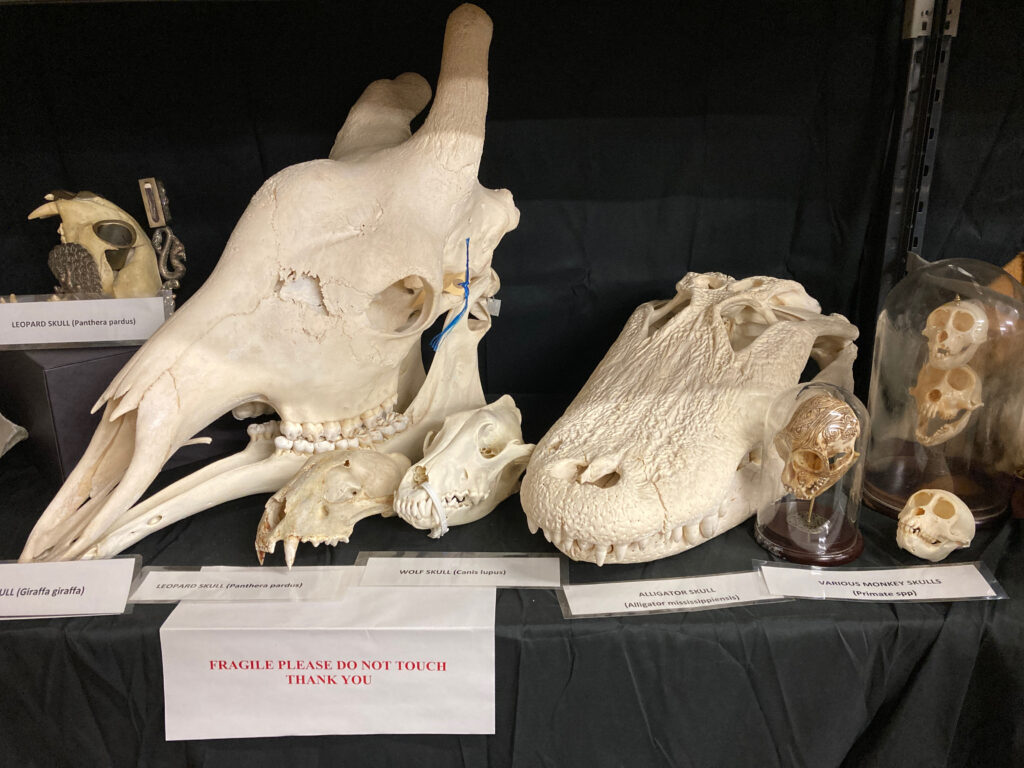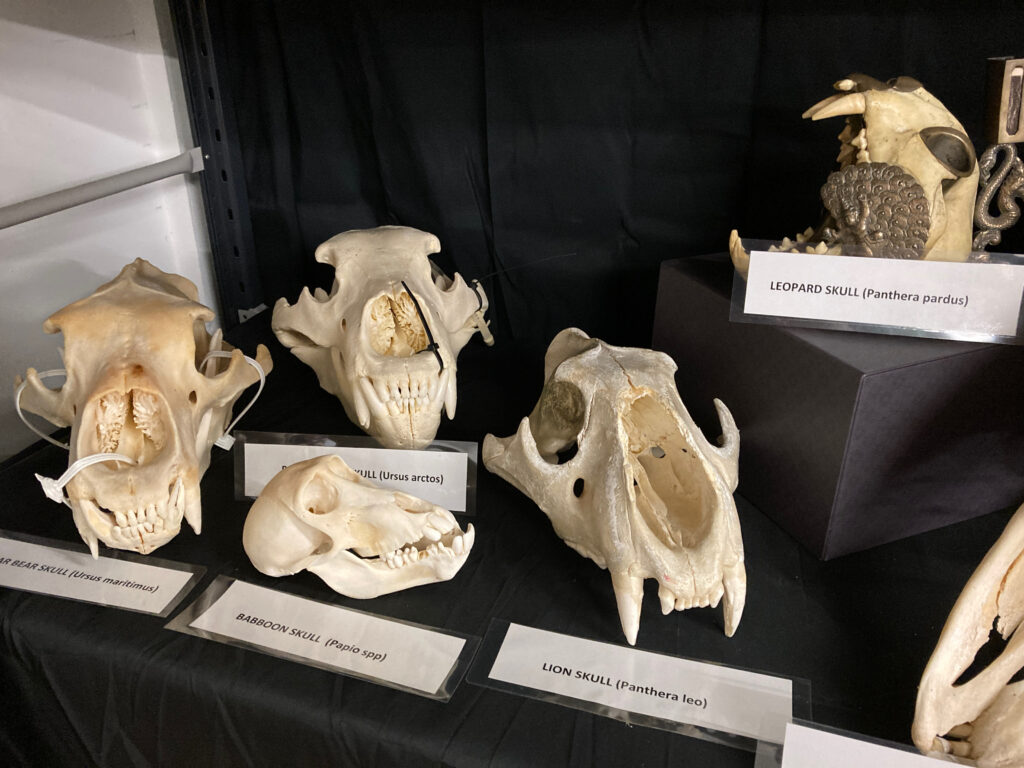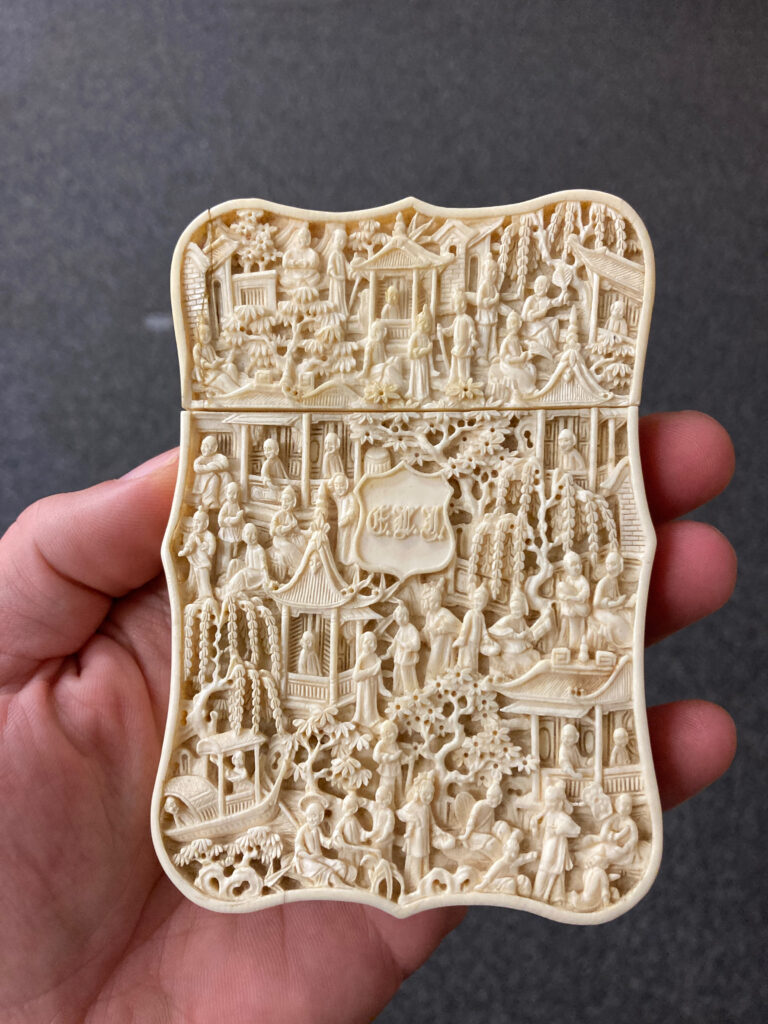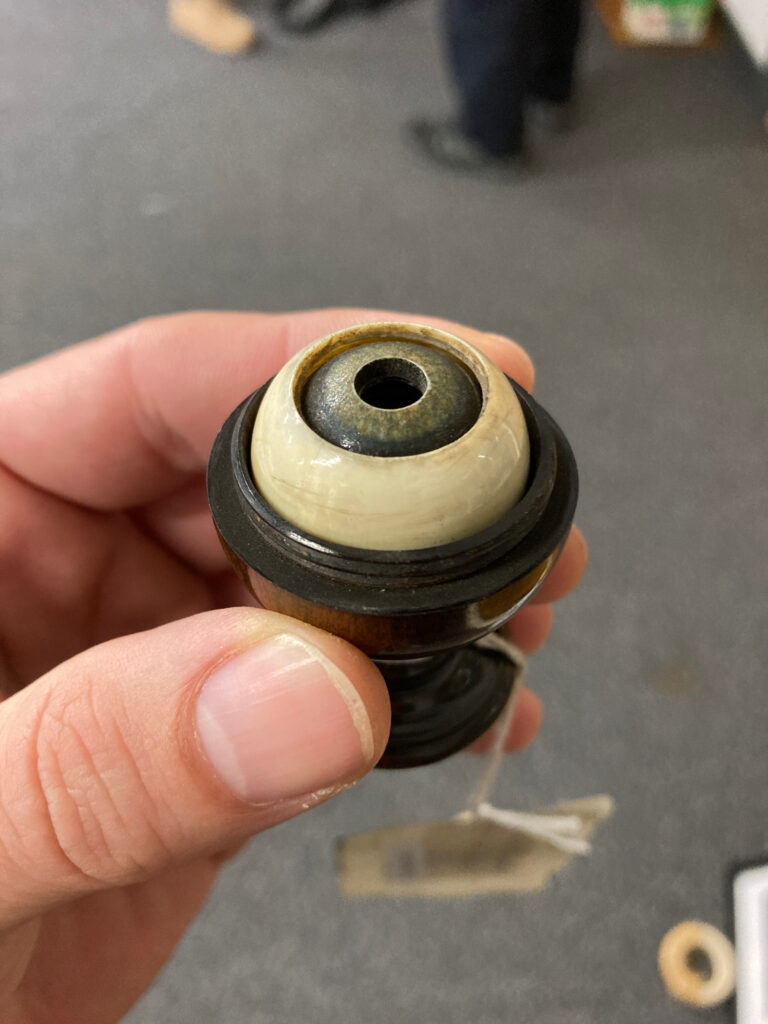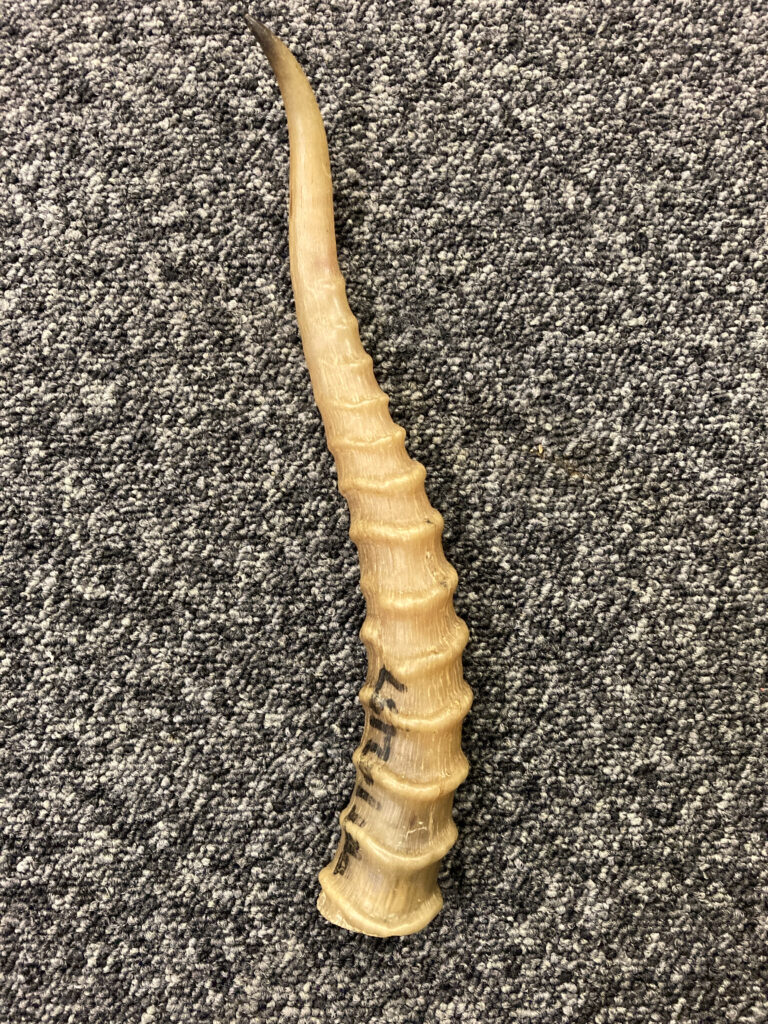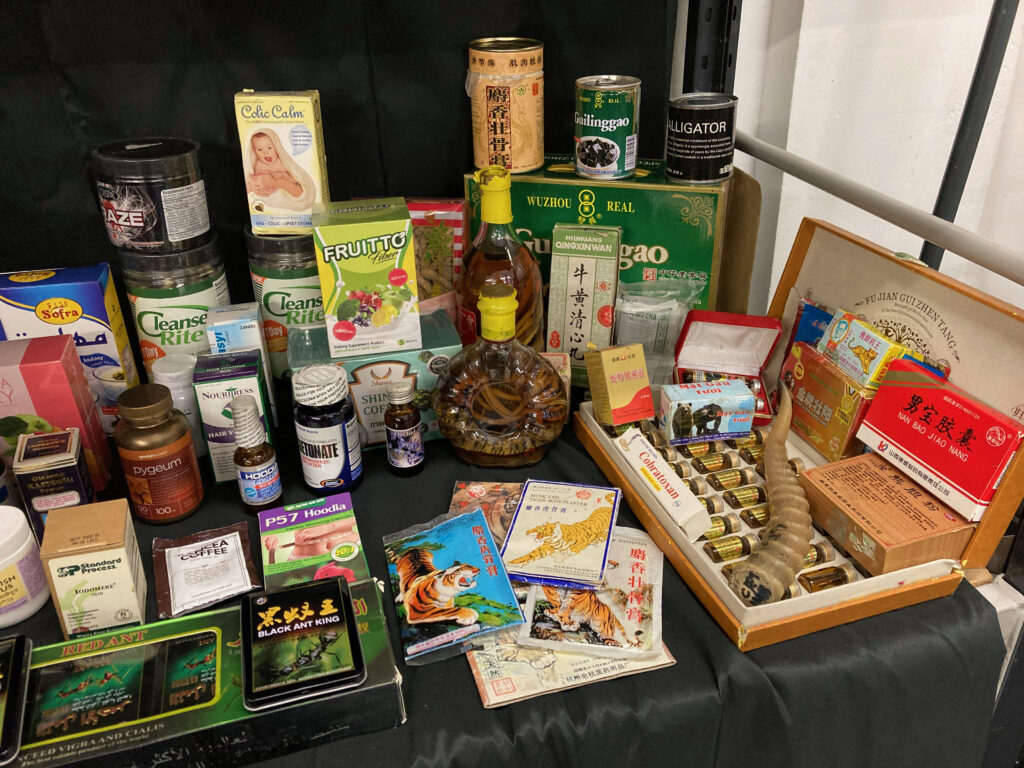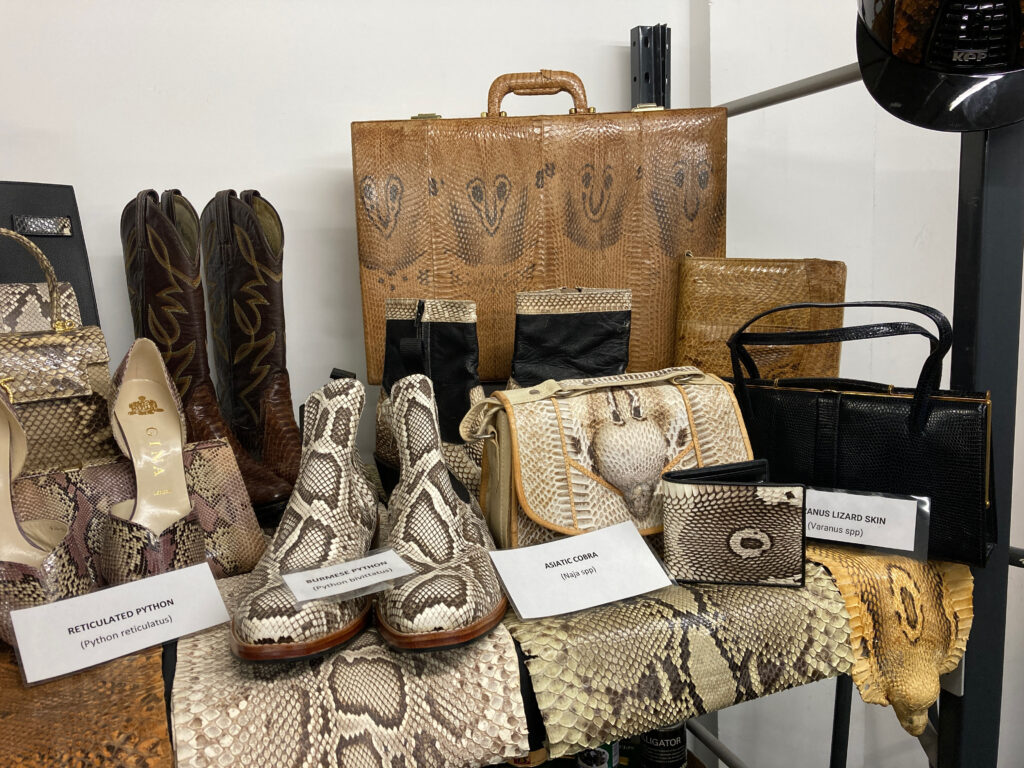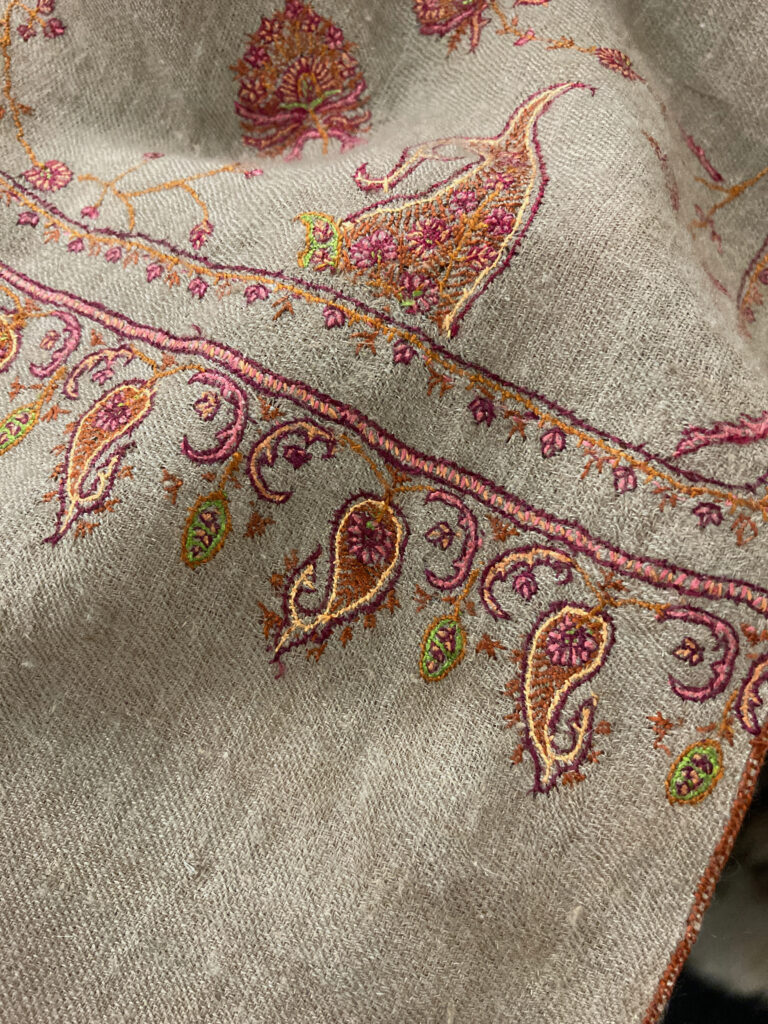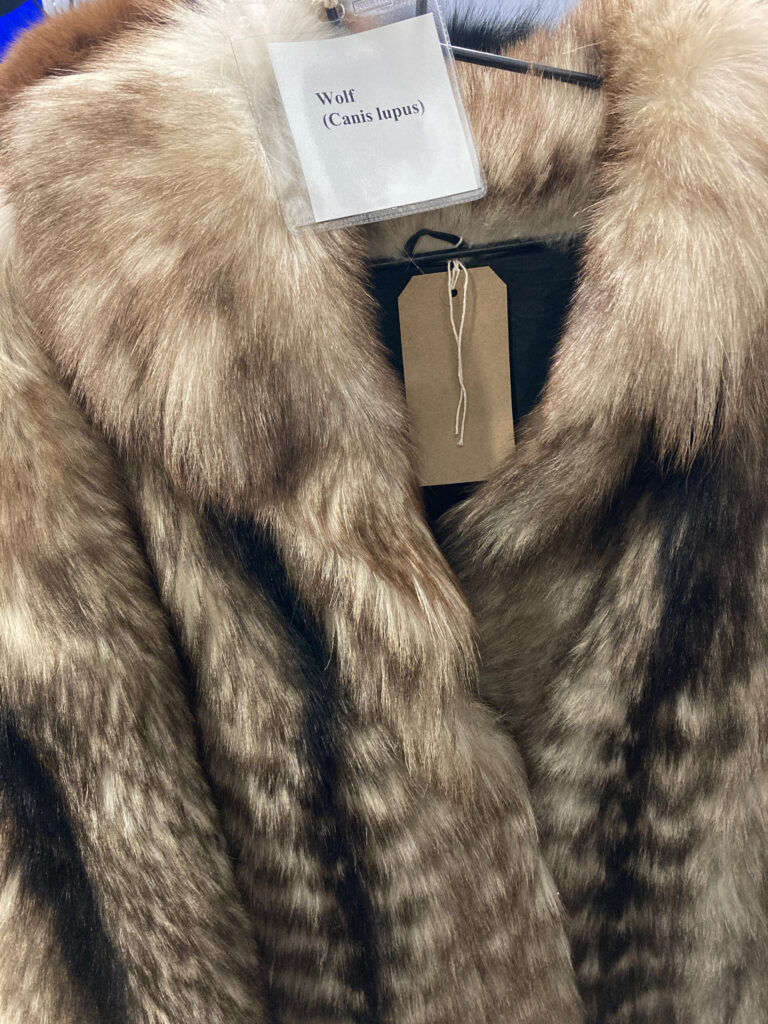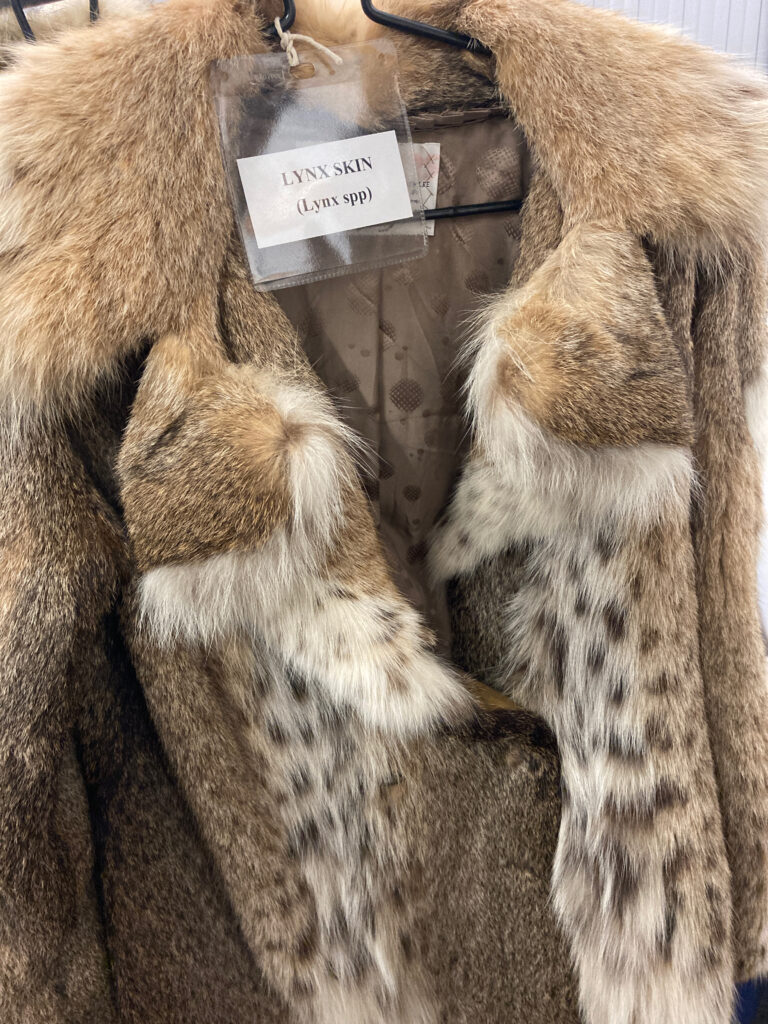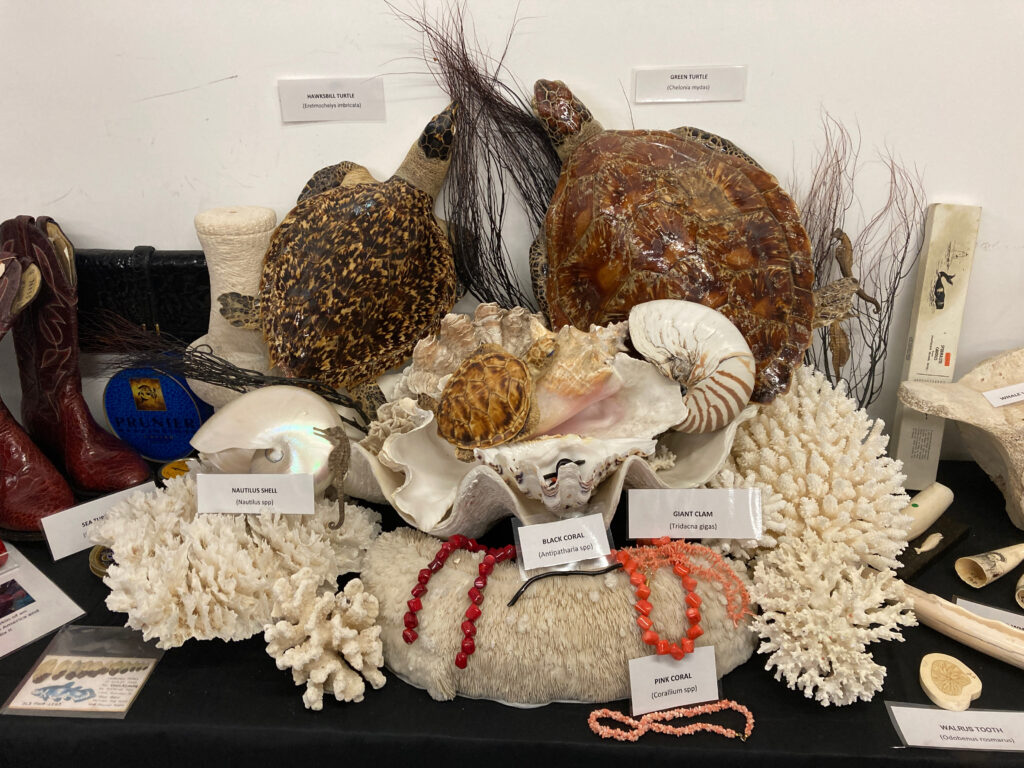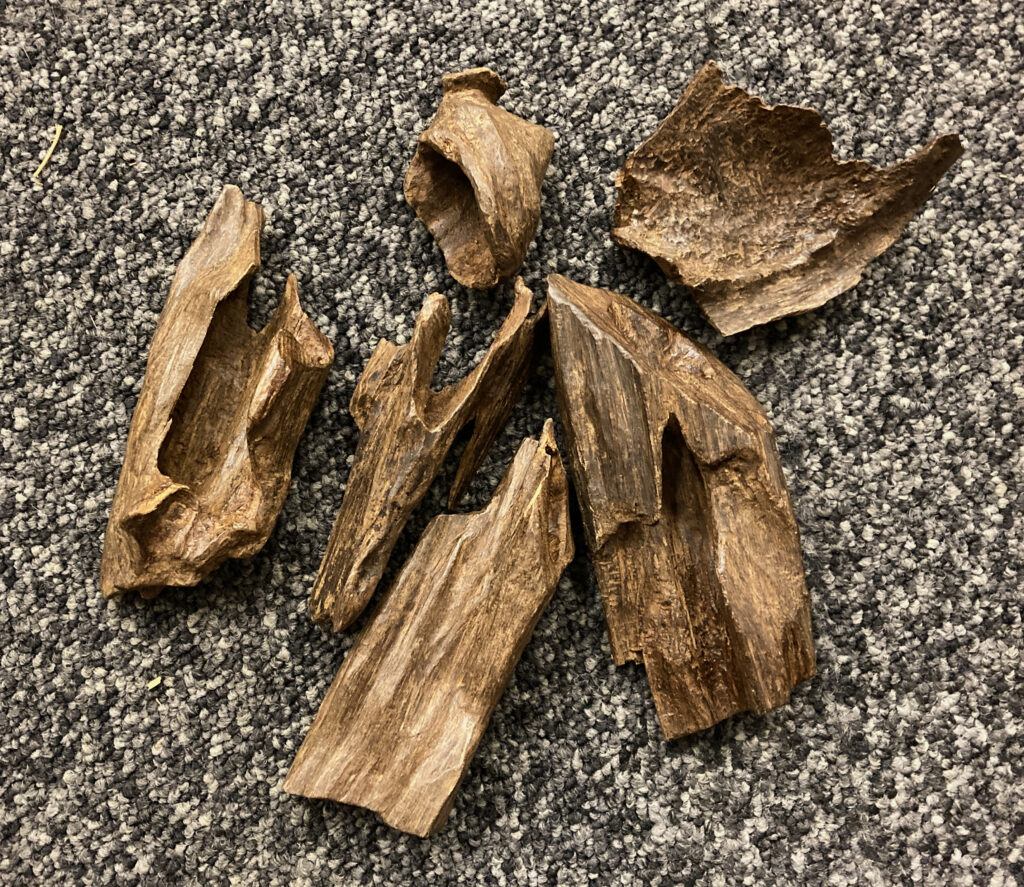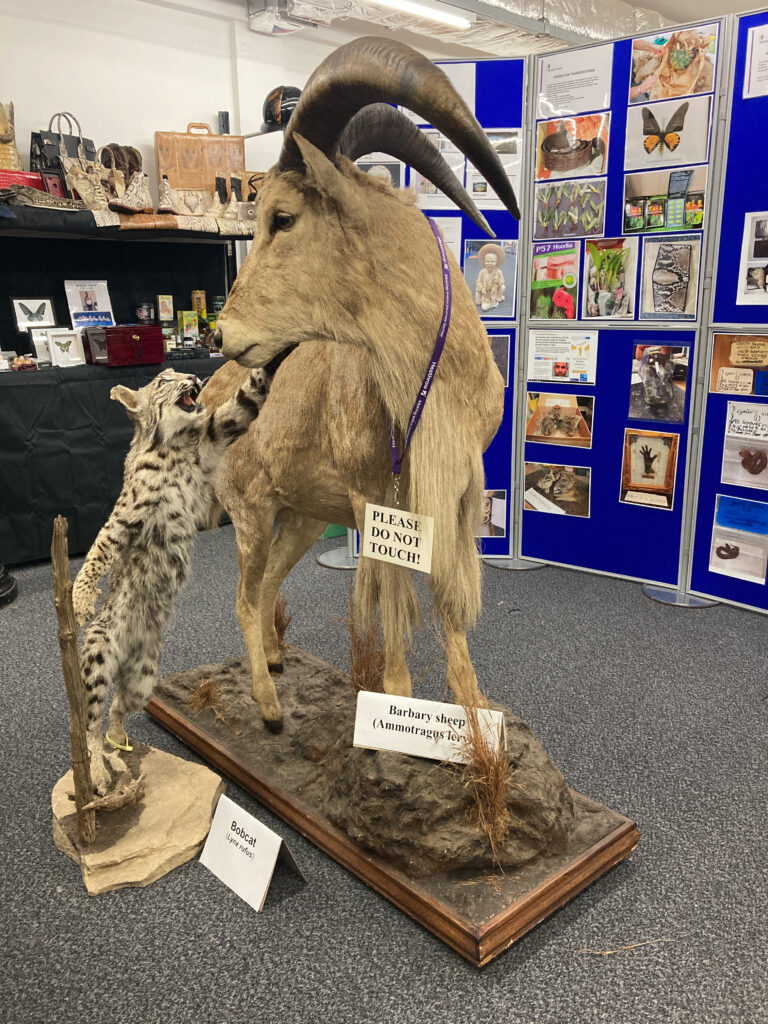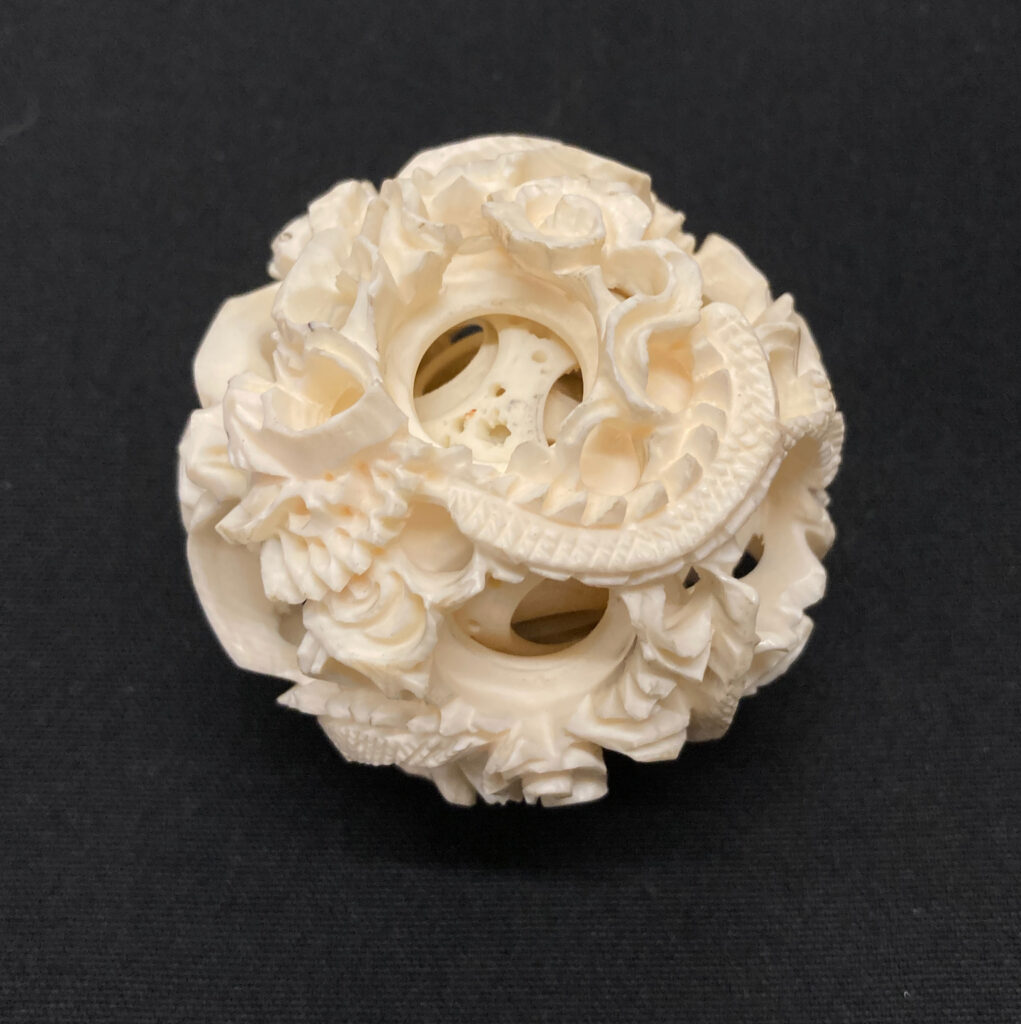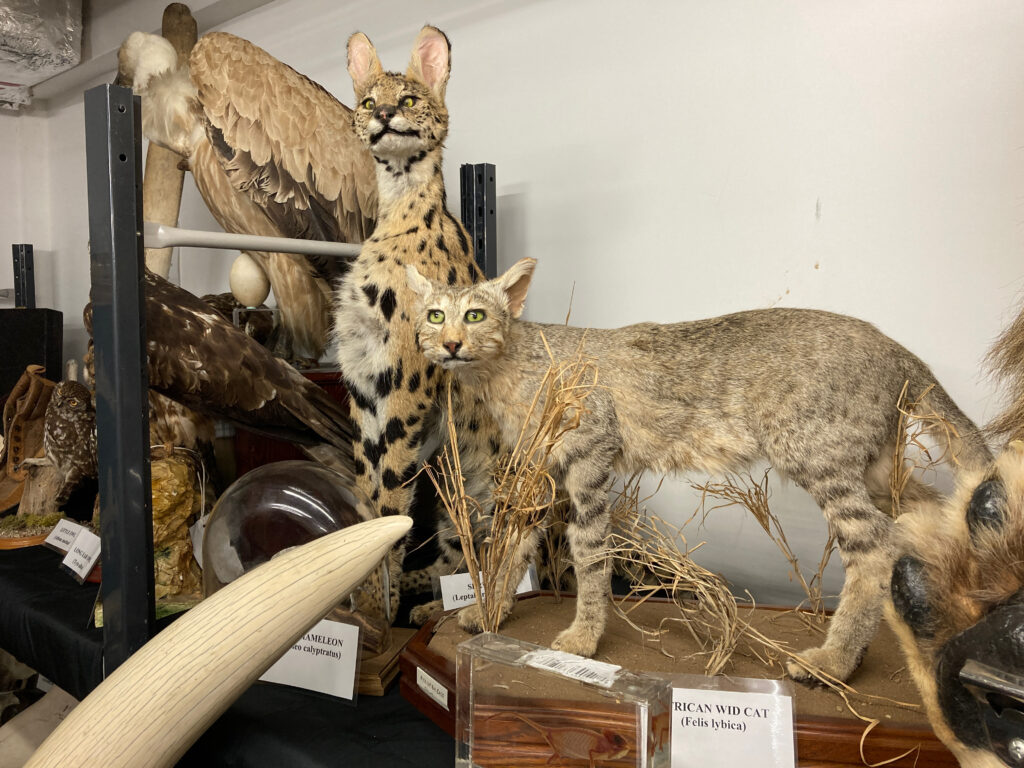In November, part of our morphology team was lucky enough to visit probably the best natural history museum in the world – the Natural History Museum in London. It’s not easy to arrange a visit to the collections there, the interest of scientists from all over the world is huge, so it took us a few months. But it was definitely worth the wait, as the collections are incredibly extensive (and we were only in the mammal section). Thanks to this we had the opportunity to fill in the missing mostly osteological material on species that are not found in Czech museums. However, it meant spending dozens of hours in temperatures around 10 degrees searching through the stored skulls, skeletons, skins, teeth and claws on several floors of the museum’s facilities. This was followed by their photographic documentation and measurement.

Located south of Hyde Park, the museum opened to the public in 1881. The magnificent building, designed by architect A. Waterhouse, was designed from the beginning to be a natural history museum, as is evident from the decoration with natural motifs. Among the most interesting features are dermoplastic specimens of unfortunately extinct species such as the great auk (Pinguinus impennis), the tasmanian tiger (Thylacinus cynocephalus), the dodo (Raphus cucullatus) and the skeletons of the extinct New Zealand south island giant moa bird (Dinornis robustus), of the sabre-toothed tiger (Smilodon fatalis) and the giant sloth (Megatherium), the largest collection of Charles Darwin’s works including all 478 editions of On the Origin of Species, or the first ever discovered fossil of Archaeopteryx.
There is also a Czech trace in the form of unique realistic glass models of invertebrates created by Leopold Blaschka and his son Rudolf at the end of the 19th century. To this day, these models are unsurpassed.
For inspiration, here are some examples of what can be seen in NHM.
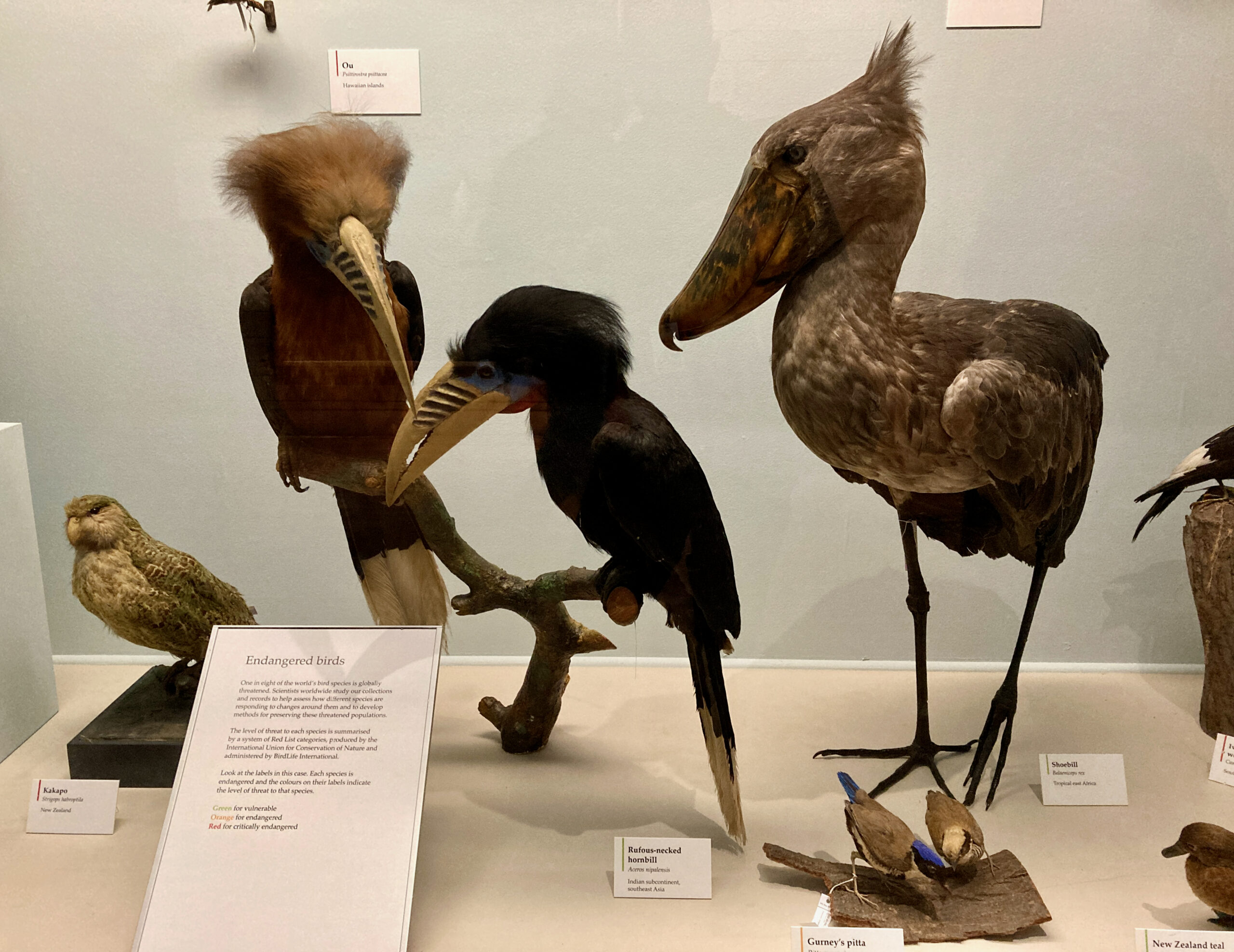


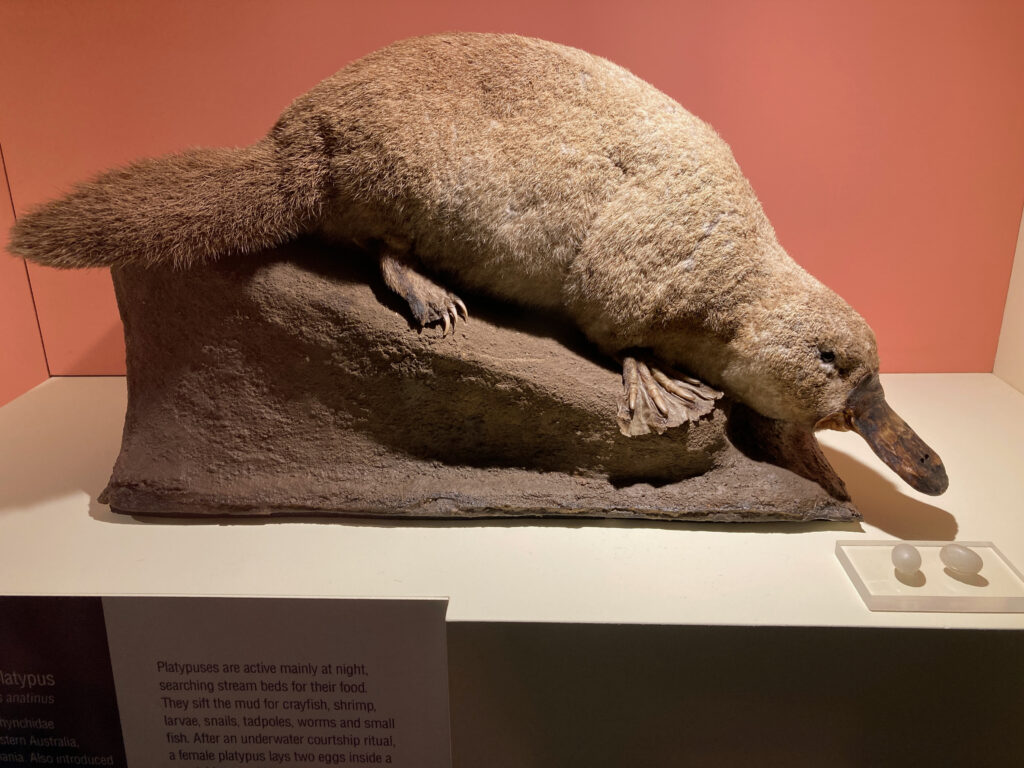
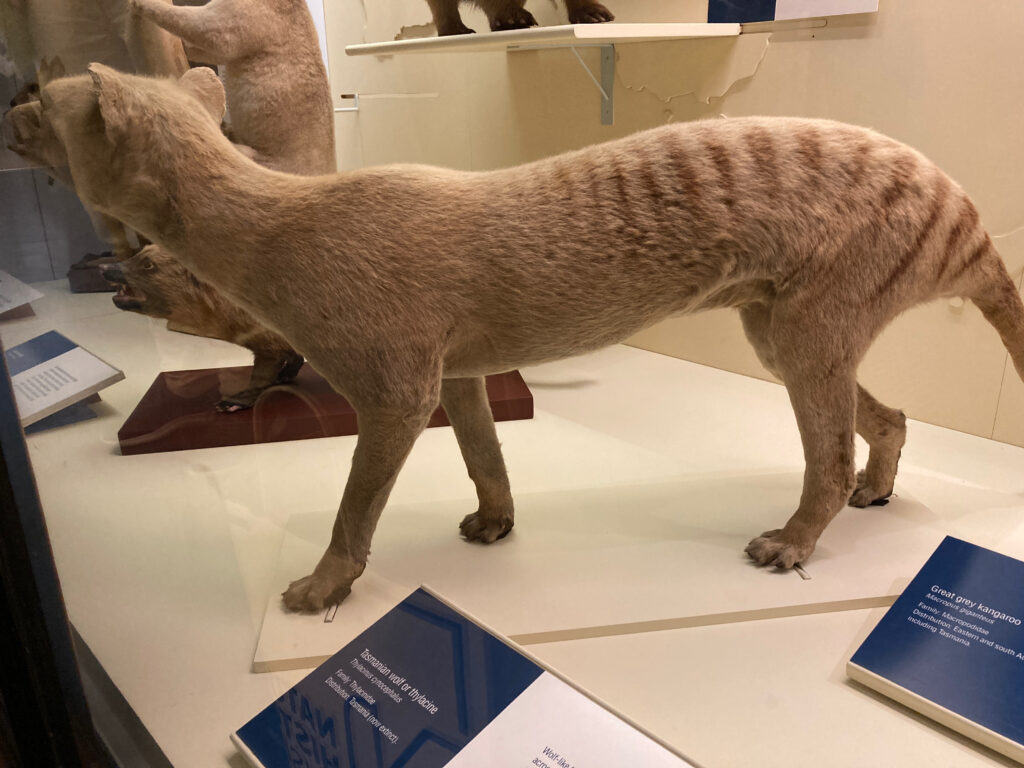



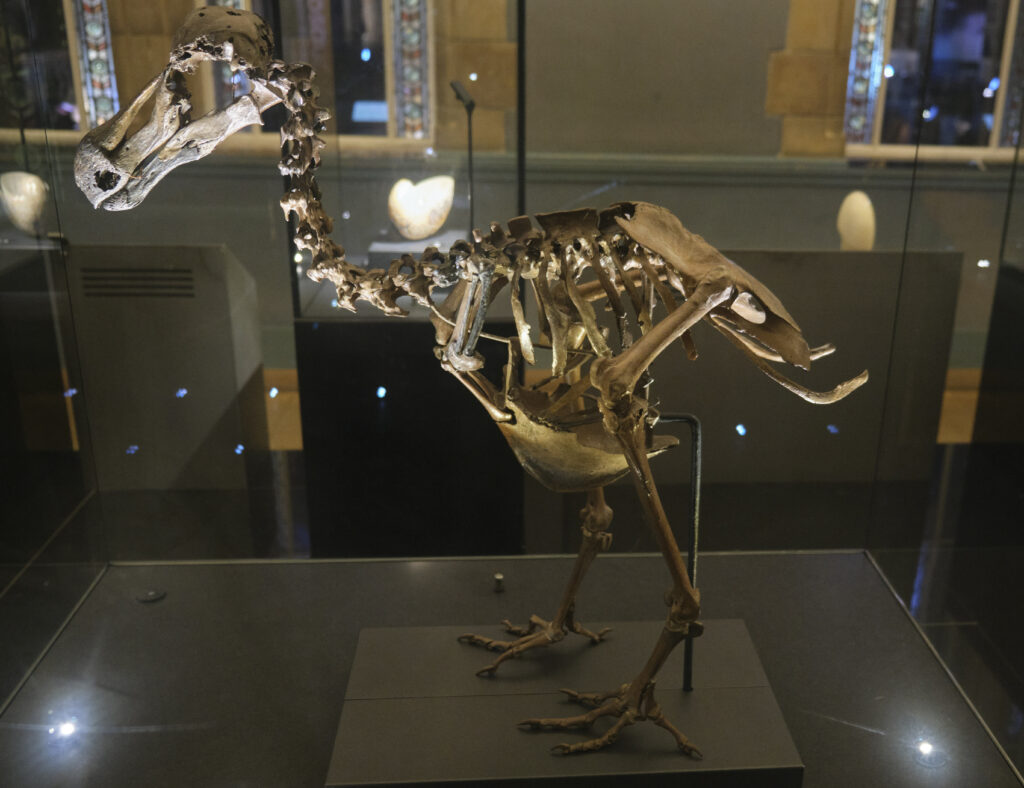

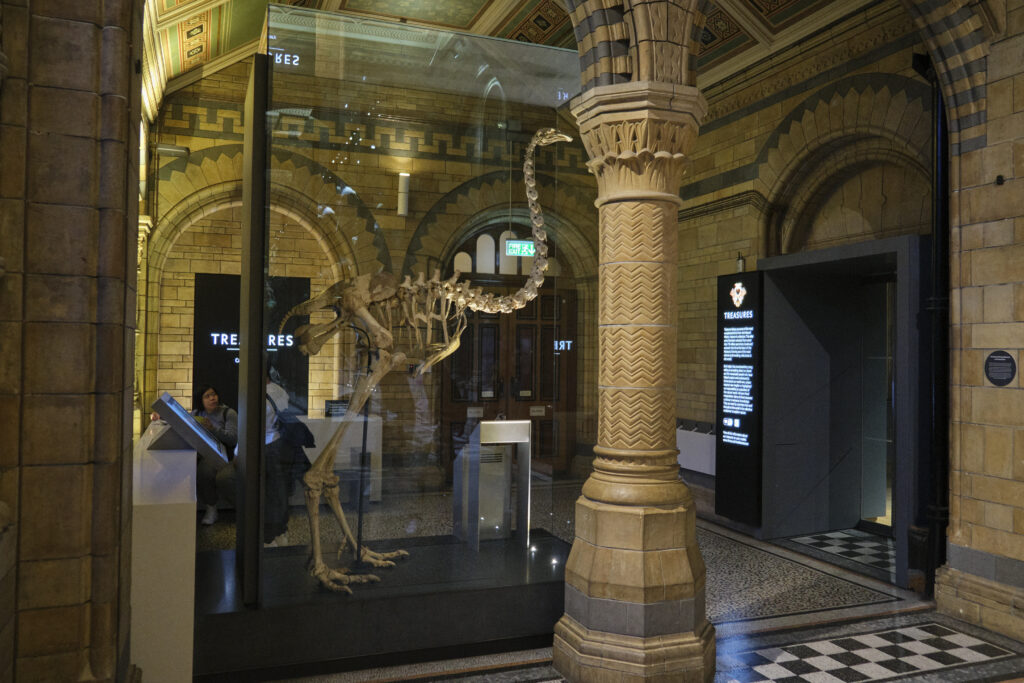

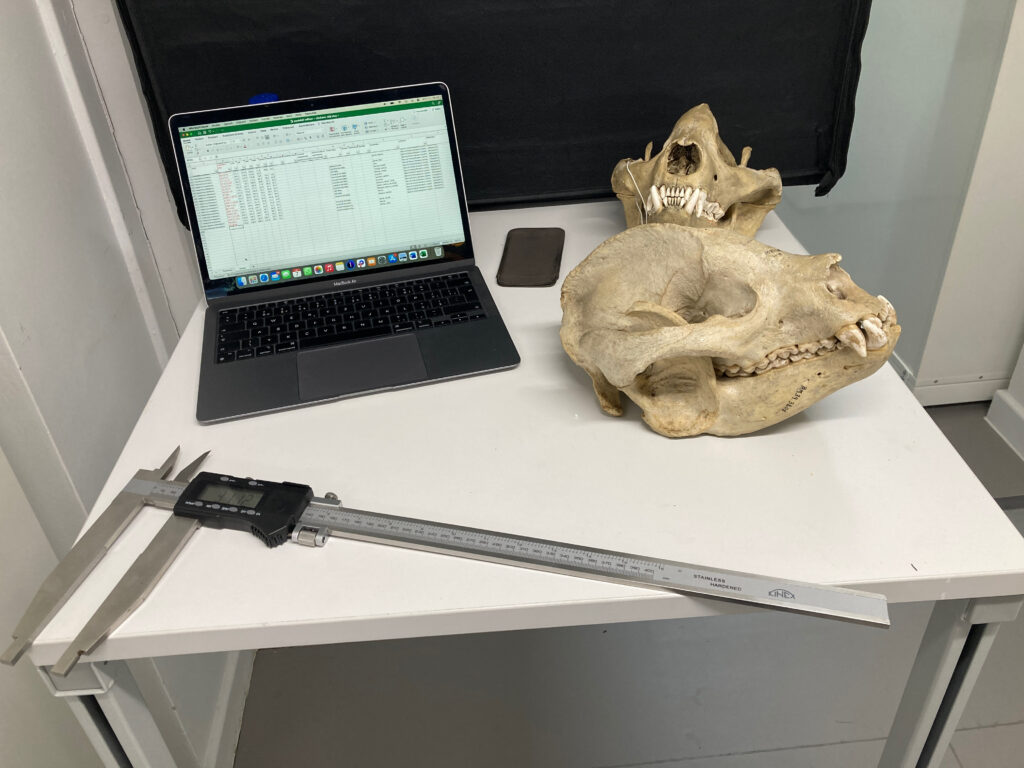

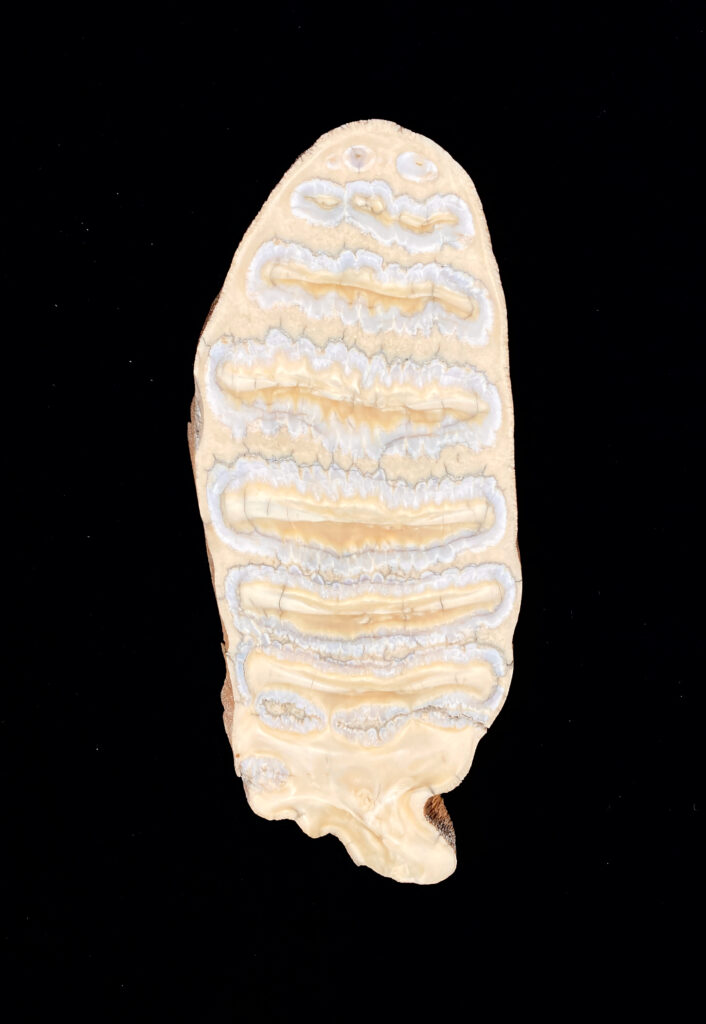

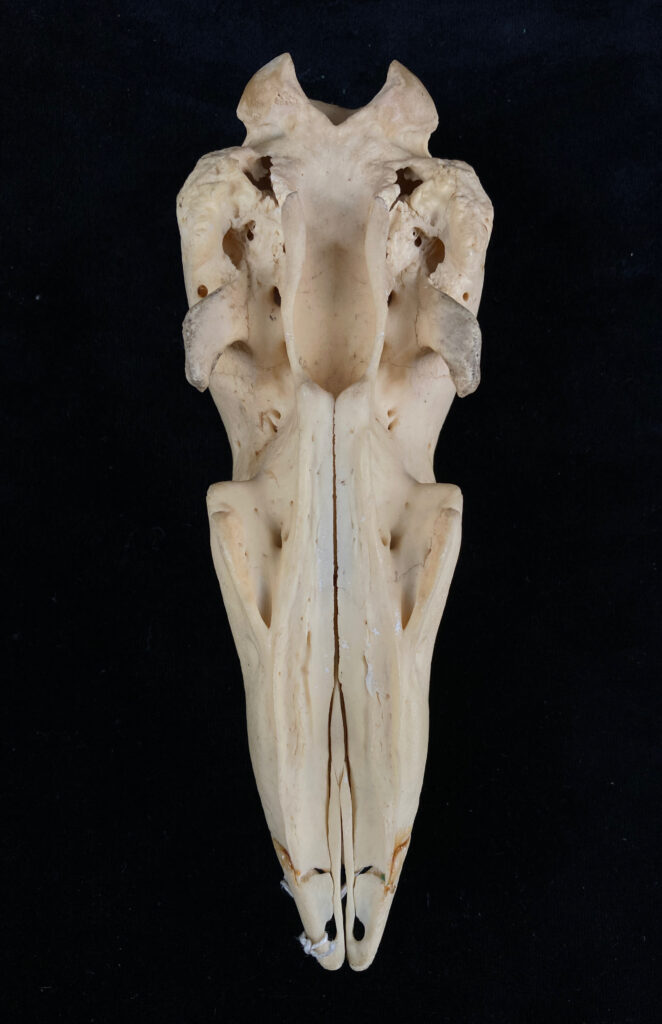

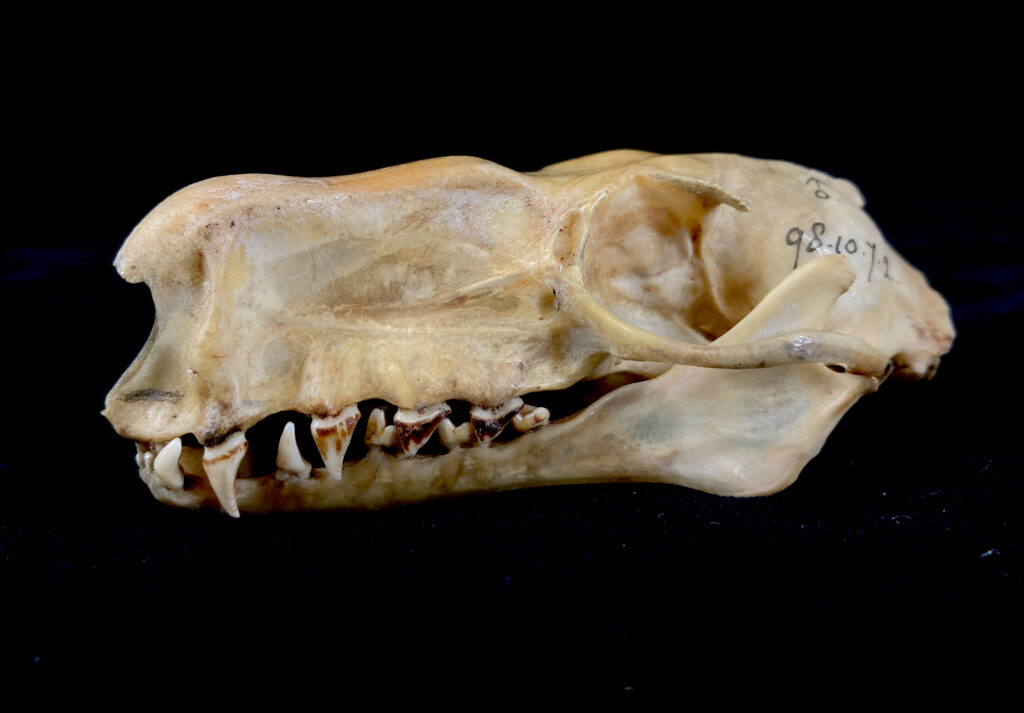


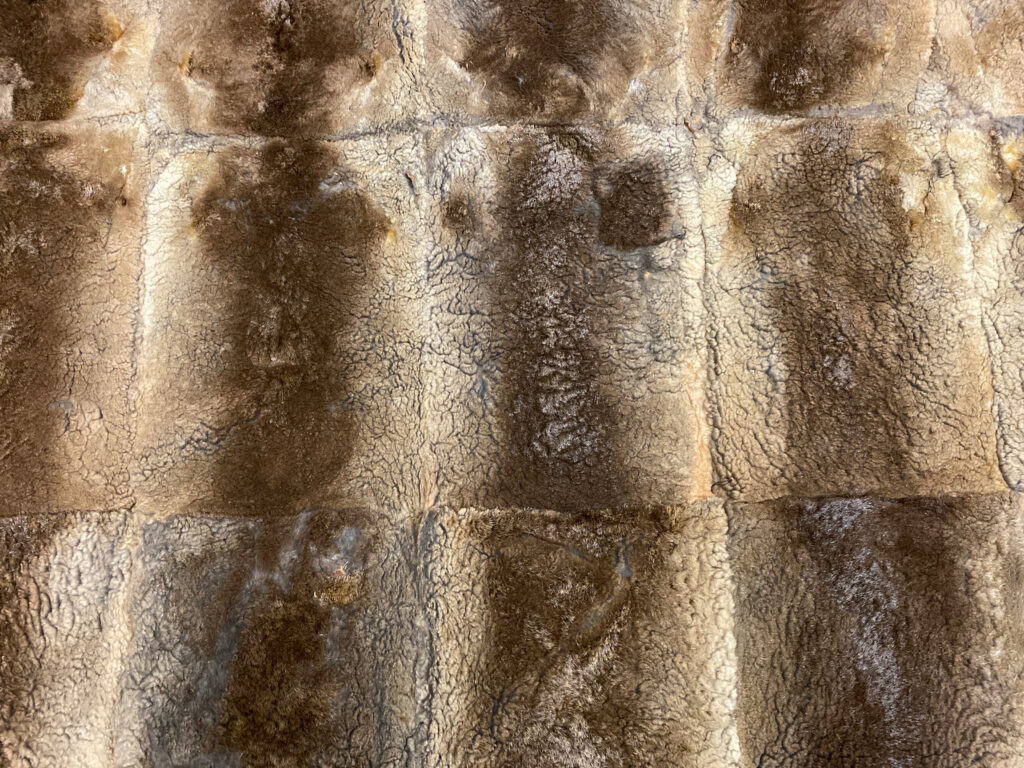
We also visited colleagues from the CITES team at Heathrow Airport who have a large collection of CITES seizures – both protected animals and plants. You can see the illegally imported products, body parts etc below.

